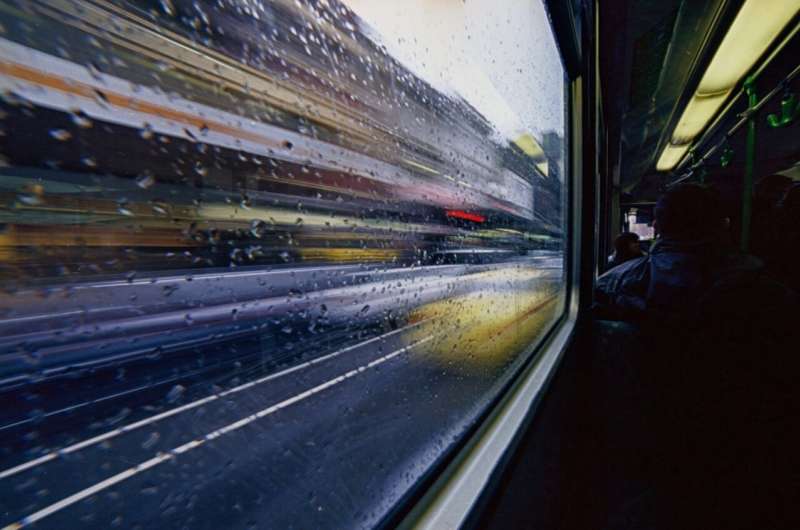This article has been reviewed according to Science X's editorial process and policies. Editors have highlighted the following attributes while ensuring the content's credibility:
fact-checked
trusted source
proofread
'Doom spiral' a risk for public transit in post-pandemic era—researchers urge sustained investment

A new study from McGill University warns that cutting public transit service could lead to a "doom spiral" resulting in a collapse of the system. The paper is published in the Transportation Research Record: Journal of the Transportation Research Board.
The researchers describe a vicious circle in which service cuts brought on by budget deficits drive transit users away; this drop in ridership triggers additional service cuts, which lead to further declines in usage.
"Riders are more sensitive to service cuts now than they were pre-pandemic," explains co-author Ahmed El-Geneidy, a Professor in McGill's School of Urban Planning. "Our findings emphasize the need for transit agencies to maintain strong service levels to prevent further declines."
Montreal as a case study
The researchers analyzed data from 169 bus routes operated by the Société de transport de Montréal (STM) between 2018 and 2022, excluding the period where public health restrictions were in place, to capture trends before and after the pandemic on the most common form of transit.
The findings published in Transportation Research Record reveal that ridership is highly elastic, meaning service cuts quickly deter commuters. Post-pandemic, this elasticity has increased, making service reductions even riskier for transit agencies.
This change is probably because many people invested in other modes during the pandemic, allowing them to switch away from transit if service gets worse, say the researchers. Sensitivity to service cuts was highest on the most frequent routes.
What's in a name? Branding boosts ridership
When the researchers examined "10-Minute Max" routes, they found the STM's efforts to brand specific routes as "frequent" increased ridership.
"Marketing specific routes as frequent is a great way for transit agencies to make their systems more understandable to riders," explains El-Geneidy. "It sends a signal to people that specific routes are dependable, and that riders do not need to constantly check schedules in order to use them."
The researchers say they hope their findings will serve as a call to action for policy-makers: investing in public transit is a necessity for long-term resilience, equity and sustainability.
More information: Paul Redelmeier et al, If You Cut It Will They Ride? Longitudinal Examination of the Elasticity of Public Transport Ridership in the Post-Pandemic Era, Transportation Research Record: Journal of the Transportation Research Board (2024). DOI: 10.1177/03611981241240754





















